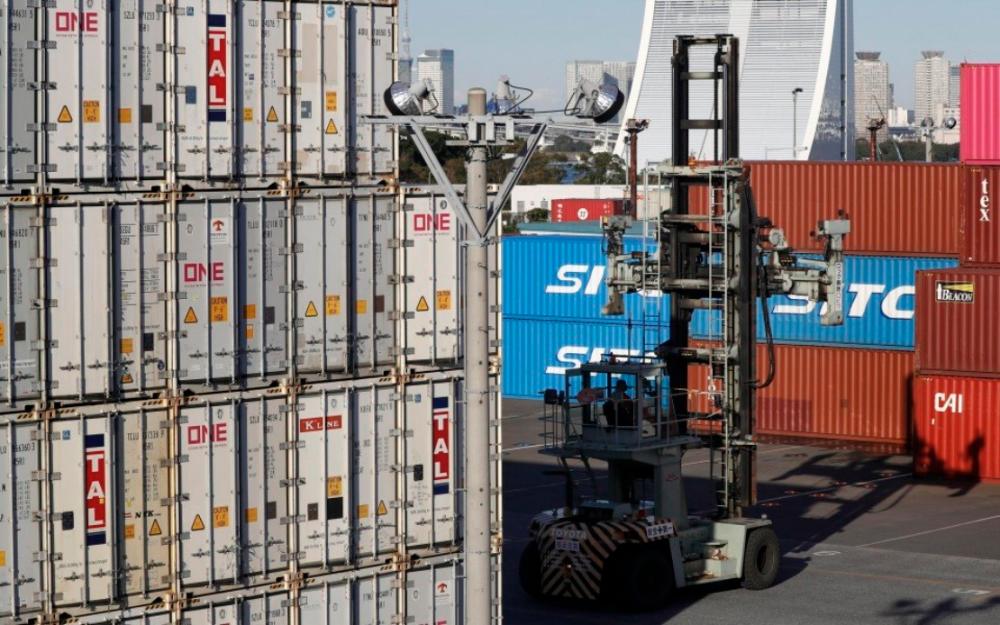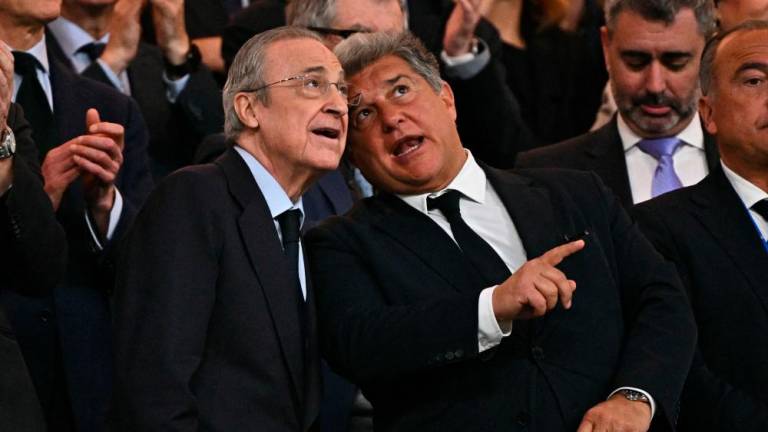IN THE minds of most taxpayers, transfer pricing is an income tax matter. Indirect taxation (sales tax, service tax and customs duties) doesn’t come to the mind of most taxpayers since the Royal Malaysian Customs Department has been silent so far. Do not forget that there are specific provisions in the Sales Tax Act, Service Tax Act and Customs Act that detail out the transfer prices in the manner they should be computed when transactions take place between “connected persons” or “related parties”.
What will happen?
For the Customs, the area of transfer pricing, especially on the area of importation of goods, is a “low hanging fruit” to be plucked. Why? In most instances, since the focus is on the income tax aspect of transfer pricing, there is a natural tendency for taxpayers to increase the price of imported goods to obtain a bigger tax deduction.
The common problem here is that the declaration of the transaction value made to Customs at the time of importation may be a lower value compared to the transfer prices declared for income tax purposes.
In applying majority of the transfer pricing methodologies, there will be a requirement to make adjustments on a periodic basis to “true-up” to the actual numbers versus the budgeted numbers. In most cases, the declaration made earlier for Customs purposes are not adjusted and therefore this creates an exposure for the taxpayers for Customs purposes if there is an increase in the transfer prices subsequently. Again, it provides an opportunity for Customs to collect extra taxes.
Why is there a problem?
Although both the Inland Revenue Board (IRB) and the Customs aim to apply the arm’s length standard to related party transactions, there are divergences in its application. In Malaysia, the two authorities do not talk to one another on this matter. Both parties approach the transfer pricing valuation from different sources. IRB bases its rules on Organisation for Economic Cooperation and Development guidelines, while Customs refer to the World Trade Organization (WTO) Customs Valuation Agreement.
The Customs authorities require taxpayers in related party transactions to prove that the prices of the goods imported have not been influenced by the relationship between the buyer and the seller, versus the arm’s length requirement in income tax where the taxpayer must show that the transaction is reflective of a transaction that would have taken place between two independent parties in the open marketplace.
Divergence in application of the transfer pricing principles by both the authorities is certainly a headache for taxpayers. One authority wants to reduce the price, while the other wants to increase the price. The two authorities can look at this issue independently.
How will Customs attack you?
The transfer pricing documentation prepared for income tax will be useful but will not be helpful for defending your prices for Customs duties as the Customs authorities requires you to prove that each transaction or SKU (stock keeping unit) meet their specific requirements. The reason being the WTO’s agreement which the Malaysian Customs authorities adopt does not detail the information to be used for the determination of the acceptability of transfer prices for Customs purposes. It is closely related to the declaratory documents submitted to Customs at the time of importation, and the supporting evidence that it is not influenced by one related party over the other.
In sales tax, the most likely mistake taxpayers make is the mispricing of the sale of goods between the related manufacturing company and the marketing company. The common mistake on related party transactions in service tax is the pricing of imported services.
Please note that Customs have the right to reopen the past six years.
This article is contributed by Thannees Tax Consulting Services Sdn Bhd managing director SM Thanneermalai (www.thannees.com).













